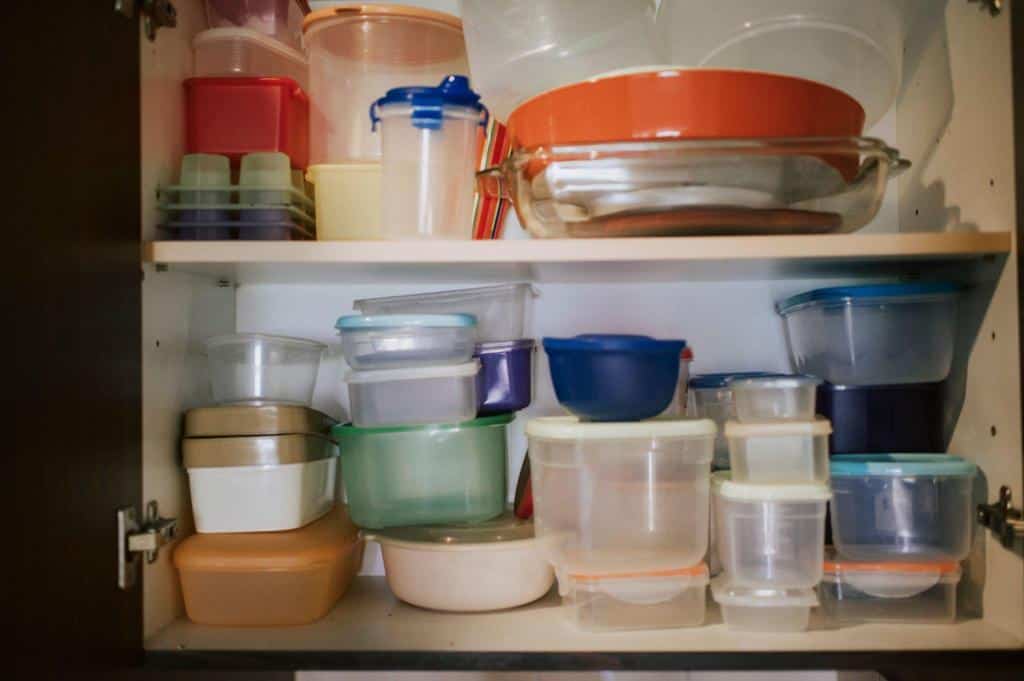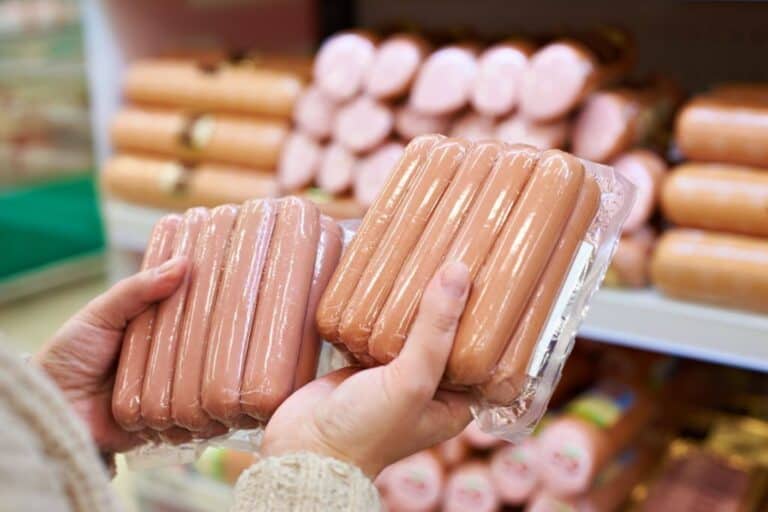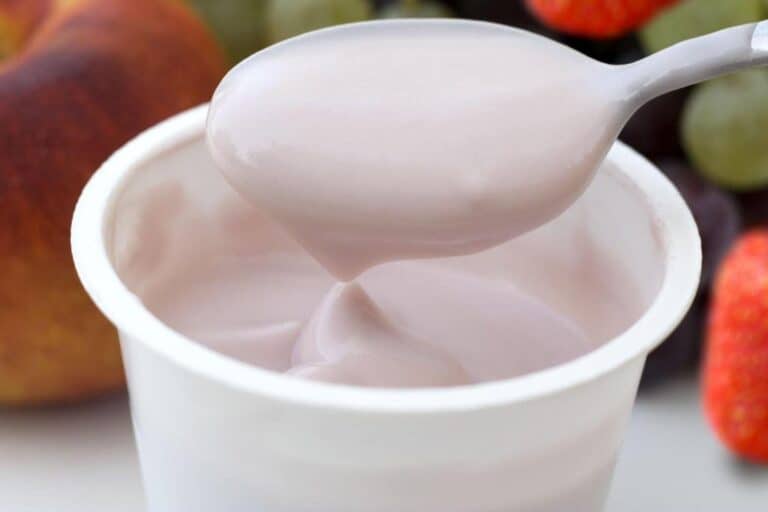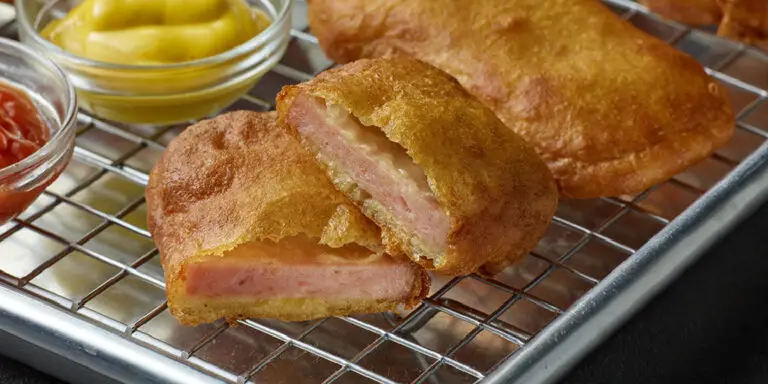Is ABS Plastic a Safe Choice for Food Storage and Cooking Preparation?

In today’s world, people are becoming increasingly aware of the potential dangers associated with chemicals in their food and everyday products. With so many options available, it’s important to know which materials are safe to use, especially when it comes to food storage and preparation.
One material that is commonly used in kitchenware and food containers is ABS plastic. But is ABS plastic a safe choice for food storage and cooking preparation? In this article, we’ll take a closer look at ABS plastic and its properties to determine whether it’s a safe choice for food-related applications.
Whether you’re a home cook or a professional chef, you’ll want to know what materials you’re working with and how they may impact your health and wellbeing. So, let’s dive in and explore the world of ABS plastic and its role in the kitchen.
Overview of ABS Plastic
ABS plastic is a thermoplastic polymer made by the polymerization of acrylonitrile, butadiene, and styrene. It is a lightweight and durable plastic that can be easily molded into various shapes and sizes. ABS plastic is commonly used in a wide range of products, including toys, automotive parts, and electronic housings. It is also used in food storage containers and kitchen utensils because of its ability to resist impact, heat, and chemicals.
ABS plastic is known for its high impact resistance, which makes it ideal for use in products that may be subject to rough handling or impacts. It is also resistant to heat and can withstand temperatures up to 176°F (80°C). Additionally, ABS plastic has good chemical resistance, making it resistant to many common household chemicals.
Why is ABS Plastic So Popular?
ABS Plastic is a durable and versatile material that offers several key benefits, which is why it has become such a popular choice among manufacturers and designers.
One of the main benefits of ABS plastic is its strength and durability. It is a tough and rigid material that can withstand impact and stress without cracking or breaking. This makes it an ideal choice for applications where strength and durability are important, such as automotive parts or electronic enclosures.
Another benefit of ABS plastic is its versatility. It can be easily molded and shaped into a variety of forms and can be made into a range of different colors and finishes. This makes it an attractive choice for designers who want to create products with specific aesthetic qualities.
ABS plastic is also lightweight, which makes it a popular choice for applications where weight is a concern, such as in automotive or aerospace applications. Its lightweight nature also makes it an attractive option for products that need to be easily transported or handled.
In addition to its physical properties, ABS plastic is also easy to work with. It can be easily machined, drilled, and sanded, which makes it a popular choice for DIY enthusiasts who want to create their own projects or prototypes.
Finally, ABS plastic is relatively inexpensive compared to other thermoplastics. This makes it an attractive choice for manufacturers who want to keep their production costs low. It is widely available and can be easily sourced from a range of suppliers, which further adds to its popularity.
Safety Concerns Related To Plastic Food Container
Many plastics contain chemicals that can leach into food, potentially causing health risks. Some of the most common concerns include bisphenol A (BPA) and phthalates.
BPA is a chemical used in the production of polycarbonate plastic, which is commonly used in food storage containers and water bottles. It is a known endocrine disruptor, meaning it can interfere with hormones in the body. Studies have shown that BPA can leach from plastic containers into food, especially when the containers are heated or exposed to acidic foods.
Phthalates are a group of chemicals used to soften plastics, including PVC (polyvinyl chloride). They are also used in food packaging and food processing equipment. Phthalates have been linked to reproductive and developmental problems, and studies have shown that they can leach from plastic containers into food.
Even if ABS plastic doesn’t contain BPA or phthalates, it’s still necessary to evaluate the risks of using any plastic in food storage and cooking. ABS plastic is considered safe for food contact by the FDA, but there is still a risk of chemicals leaching into food.
Is ABS Plastic Food Safe for Food Storage and Preparation?
The short answer is yes, ABS plastic is generally considered safe for food storage and cooking preparation. However, there are a few things to keep in mind.
1. Temperature limitations
While ABS plastic is heat-resistant, it does have a temperature limit. According to the FDA, ABS plastic is safe to use at temperatures up to 176°F (80°C). If you plan to use ABS plastic in the oven or microwave, make sure that the temperature does not exceed this limit. Otherwise, the plastic could start to break down and potentially release harmful chemicals into your food.
2. BPA and phthalate-free
ABS plastic is also free from bisphenol A (BPA) and phthalates, which are two chemicals that have been linked to health concerns. BPA is a chemical that is commonly found in some plastics. It has been linked to hormonal disruptions, while phthalates have been linked to developmental and reproductive issues.
3. Migration of chemicals
One of the concerns with ABS plastic is the potential migration of chemicals into food. However, studies have shown that the release of chemicals from ABS plastic is very low. It is still within the safe limits set by regulatory agencies such as the FDA and the European Food Safety Authority.
4. Proper use and care
As with any food container or kitchenware, it’s important to use and care for ABS plastic properly. Make sure to clean it thoroughly after each use and avoid exposing it to extreme temperatures or direct sunlight. If the plastic becomes scratched or damaged, it may be best to replace it to avoid any potential contamination.
FDA Regulations for Food Contact Materials
The FDA regulates food contact materials to ensure that they are safe for use with food. The FDA has established specific regulations for different types of food contact materials, including plastics.
According to the FDA, plastics used in food contact materials must meet certain criteria. This critearia including being made from substances that are generally recognized as safe (GRAS) or are approved for use in food contact materials. The FDA also requires that plastics be tested to determine their potential to leach chemicals into food.
ABS plastic is considered a food contact material by the FDA, and it meets the criteria for use in food contact materials. However, the FDA has not established specific regulations for ABS plastic, so it is up to manufacturers to ensure that their products meet FDA requirements.
Comparing Abs Plastic To Other Food-safe Plastics
There are many different types of plastics that are considered safe for food contact, including polyethylene (PE), polypropylene (PP), and polycarbonate (PC). Each of these plastics has its own unique properties and benefits.
PE and PP are both lightweight and durable plastics that are commonly used in food storage containers and utensils. They are resistant to impact, heat, and chemicals, and are considered safe for food contact by the FDA.
PC is a durable plastic that is commonly used in water bottles and food storage containers. It is also used in some baby bottles, although many manufacturers have switched to alternative materials due to concerns about BPA.
Overall, ABS plastic is safe for food storage and cooking, however it’s crucial to understand the risks of using any plastic with food. Consumers should look for products that are labeled as safe for food contact and should avoid using plastics that are cracked or damaged.
Alternatives to ABS Plastic
If you’re still concerned about using ABS plastic, there are a few alternatives to consider:
1. Glass
Glass is a popular alternative to plastic for food storage and cooking preparation. It is non-toxic, non-reactive, and can be used at high temperatures. However, it is more fragile and can be dangerous if it breaks.
2. Stainless steel
Stainless steel is another alternative to plastic. It is durable, non-toxic, and can be used at high temperatures. However, it is more expensive than plastic and may not be as practical for some applications.
3. Silicone
Silicone is a newer material that is becoming increasingly popular for food storage and cooking preparation. It is non-toxic, heat-resistant, and can be used in the oven or microwave. However, it is more expensive than plastic and may not be as durable.
4. Polypropylene (PP)
Polypropylene (PP), which is a thermoplastic that is often used in packaging and consumer goods. Like ABS plastic, PP is lightweight and durable, but it also has a higher melting point and is more resistant to chemicals and heat. This makes it a good choice for applications where high temperatures or exposure to chemicals are a concern.
5. Polycarbonate (PC)
Polucarbonate is a clear, impact-resistant plastic that is often used in electronic components and automotive parts. A PC is more expensive than ABS plastic, but it has a higher impact strength and is more resistant to high temperatures and UV radiation. This makes it a good choice for applications where clarity and durability are important.
6. Acetal (POM)
It is a high-performance thermoplastic that is often used in mechanical and electrical applications. POM is a strong and rigid material that is also lightweight and resistant to chemicals and moisture. It has a low coefficient of friction, which makes it a good choice for applications where sliding or rotating parts are involved.






